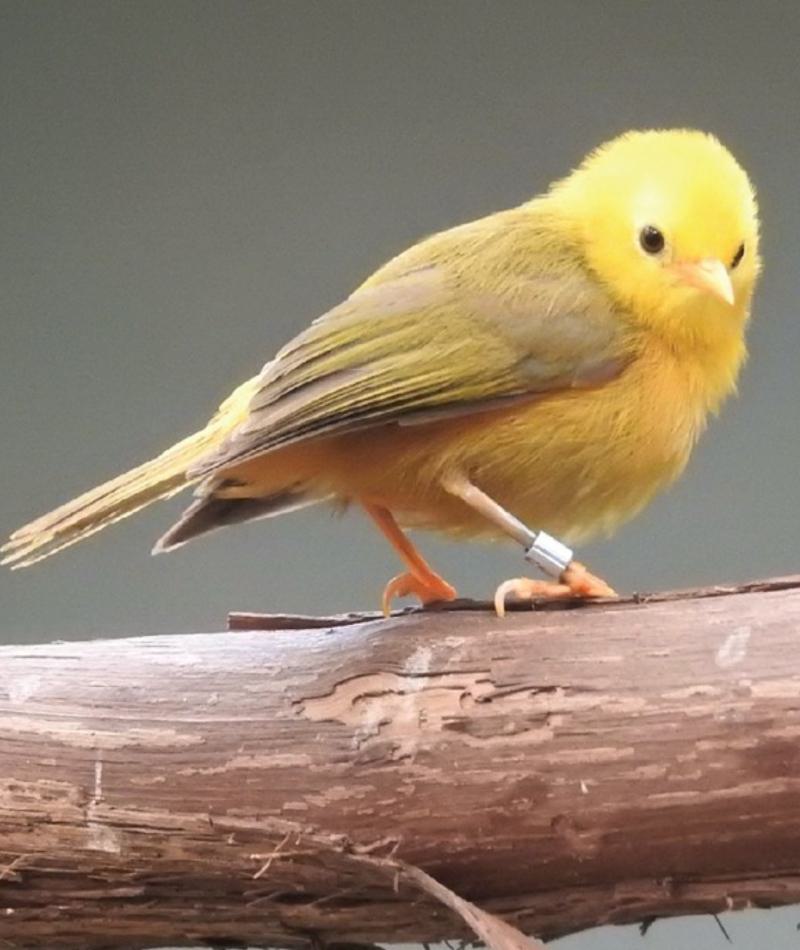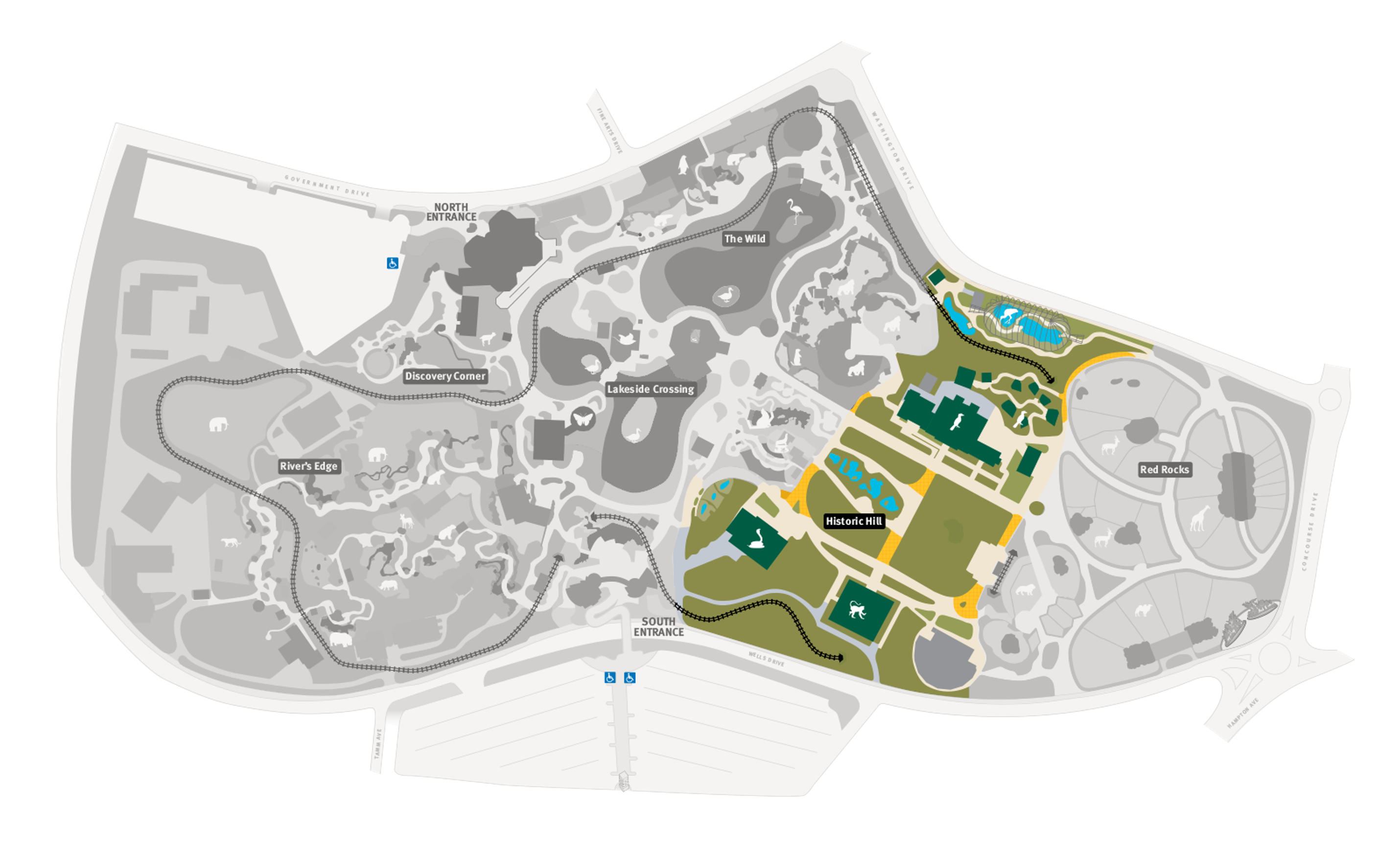
Saipan Golden White-eye
Cleptornis marchel
Did you know?
- Its favorite foods include invertebrates, nectar and fruits.
- It does well in all types of wooded vegetation, like brushy areas.
- Their nests are cup-shared and comprised of grasses, hair and tree needles.
- Its eggs are pale blue.
- Chicks usually leave the nest 10 to 14 days after hatching.
Family Bonds
These birds area a territorial species that tends to forage in family groups. Adjacent or overlapping groups may show aggression towards one another.
Co-Parenting Birds
Unlike some birds, both parents incubate (sit on) the eggs.
Threat Level
- Unknown
- Common
- Near Threatened
- Threatened
- Endangered
- Critically Endangered
- Extinct in the Wild
Critically endangered
The Saipan Golden White-eye faces an extremely high risk of extinction in the wild.
Range
Islands of Saipan and Aguijan in the Mariana Islands
Habitat
Karst forests but also lives in shrubland and populated areas.

We care about Saipan golden white-eyes
Accidentally introduced in Pacific Islands after World War II, the brown tree snake was the first land predator that the native birds, like the Saipan golden white-eye, had ever faced. They had no natural defenses to protect themselves, their nests, their eggs and their young. The brown tree snake devastated bird populations.
The efforts by the Saint Louis Zoo to save Pacific Island avian species began in 1994 when the Zoo joined forces with other organizations to form a group called Pacific Bird Conservation. Since then, Zoo staff have been active in moving birds to other islands, forming assurance populations. This work is in collaboration with the Saint Louis Zoo WildCare Institute, U.S. Fish and Wildlife and Wildlife Service, and Pacific Bird Conservation.
Find this animal in Historic Hill

SAINT LOUIS ZOO ZONE
Historic Hill
Historic Hill is a lovely stroll through one of the oldest parts of the Saint Louis Zoo. From the 1904 World’s Fair Flight Cage to the Spanish architectural flavor of the 1920s in the Bird House, Primate House and Herpetarium to the finishing touches of our thoroughly modern exhibits, this area of the Zoo has a unique ambiance and a nostalgic history that make it a great destination.

